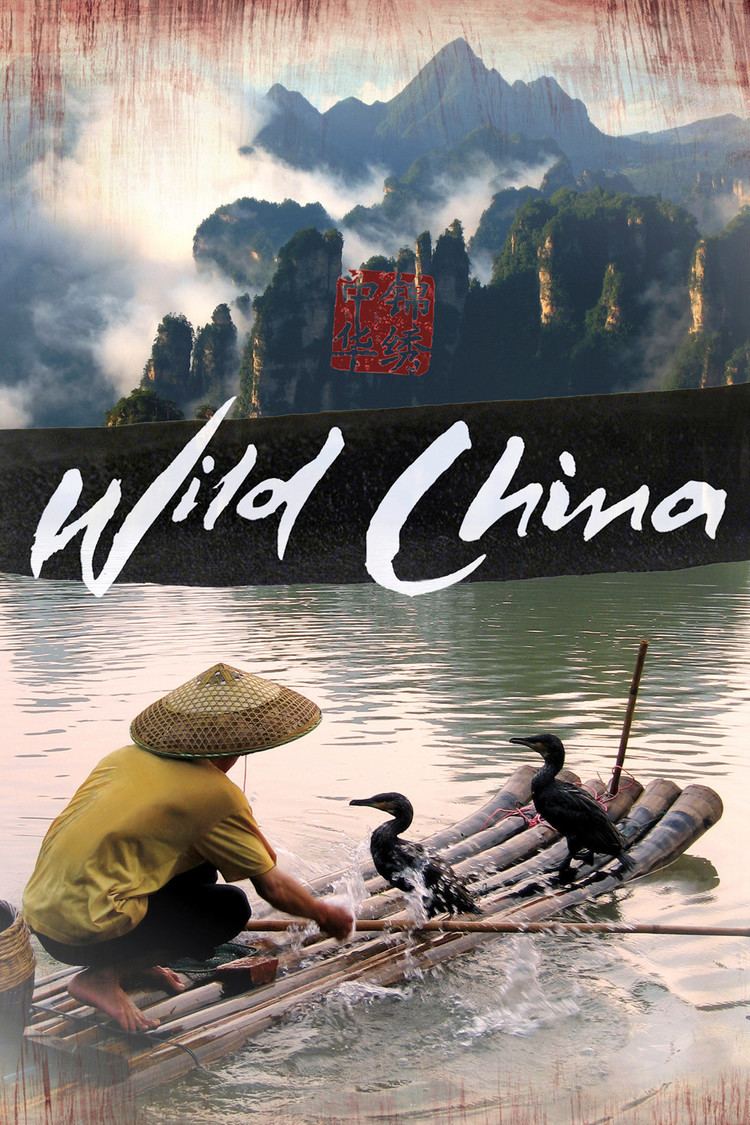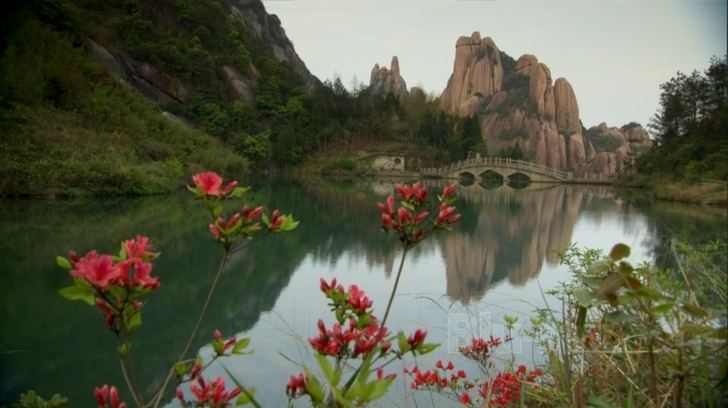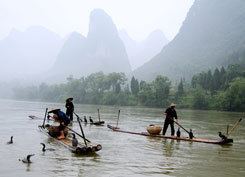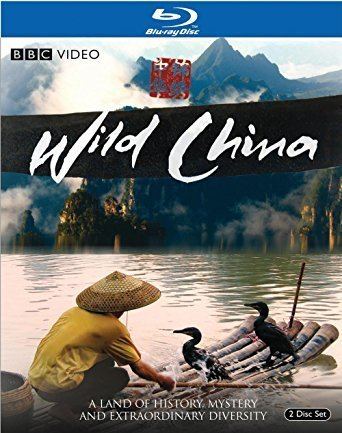8 /10 1 Votes
7.5/10 TV Composer(s) Barnaby Taylor Original language(s) English/Chinese First episode date 11 May 2008 | 8.6/10 IMDb No. of episodes 6 Final episode date 15 June 2008 | |||||||||||||||||||||||||||||||||
 | ||||||||||||||||||||||||||||||||||
Also known as 'Beautiful China (Chinese title) Awards News & Documentary Emmy Award for Outstanding Cinematography – Nature Similar Planet Earth, Galápagos, Wild Caribbean, Nature's Great Events, Life | ||||||||||||||||||||||||||||||||||
The doctor and midge play chicken classic doctor who bbc
Wild China is a six-part nature documentary series on the natural history of China, co-produced by the BBC Natural History Unit and China Central Television (CCTV) and filmed in high-definition (HD). It was screened in the UK on BBC Two from 11 May to 5 June 2008. The English narration was provided by Bernard Hill and the series produced by Phil Chapman for the BBC and Gao Xiaoping for CCTV. The Chinese version was broadcast under the title Beautiful China. In Canada, it was broadcast on CBC as part of the series The Nature Of Things narrated by David Suzuki. Wild China was broadcast in Australia on ABC1 and ABC HD each Sunday at 7:30pm from 18 May 2008.
Contents
- The doctor and midge play chicken classic doctor who bbc
- Production details
- Filming techniques
- Merchandise
- References
The musical score to accompany the series was composed by Barnaby Taylor and was performed by Cheng Yu and the UK Chinese Ensemble.

The series was billed as the culmination of the BBC Natural History Unit's "Continents" programmes, a long-running strand of blue-chip wildlife documentaries which surveyed the natural history of each of the world's major land areas. It was preceded by Wild Caribbean in 2007, but with the broadcast of South Pacific in 2009 the BBC signalled a continuation of the strand.

Production details

The 2008 Beijing Olympics gave the BBC Natural History Unit team the opportunity to make the first comprehensive series on China's natural history. In the run up to the Games, the Chinese government was "understandably keen to promote itself as a country worth visiting" according to BBC producer Phil Chapman. Permission for Wild China was granted in 2005, with the BBC working alongside local partners CTV, a Beijing production company closely allied to state broadcaster CCTV. The series marks the first time that CCTV has collaborated with a foreign broadcaster.

With wildlife filmmaking in its infancy in China, and a perception in the developed world of a country plagued by environmental problems, the producers hoped that the series would change attitudes in both the East and the West:

Filming for the series took place over 16 months, and involved half a million miles of travel on 57 separate filming trips to some of China's most inaccessible and spectacular locations. The production team shot over 500 hours of HD footage in 26 of China's 30 provinces.
Despite being granted unprecedented access to many remote and protected areas, one of the main challenges faced by the filmmakers was finding wildlife. Although 15% of China's territory has some form of protection, this is not a guarantee of safety for wildlife, as reserves were often found to be under-equipped and under-staffed. In addition, they encountered a lack of local expertise and specialist knowledge, as few of China's zoologists were naturalists with an interest in observing wildlife. Producers even struggled to film the courting behaviour of one of the country's commonest creatures, the rice-paddy frog. Consequently, the team's attempts to find and film wildlife were not always successful.
With the support of local party officials, the producers found it easier to contact and film local people. They were particularly keen to record examples of traditional lifestyles which incorporate the natural world to give the series a cultural context. The episodes were divided by region to present the distinct cultural as well as ecological differences.
Filming techniques
Over 80% of the series was based on traditional observational techniques in the wild. These were conducted in some of China's most remote areas:
Certain sequences could only be filmed using special techniques:
In some circumstances behaviour was too difficult to obtain in the wild, and controlled conditions were required:
Merchandise
A Blu-ray Disc, DVD and book have been released to accompany the TV series:
